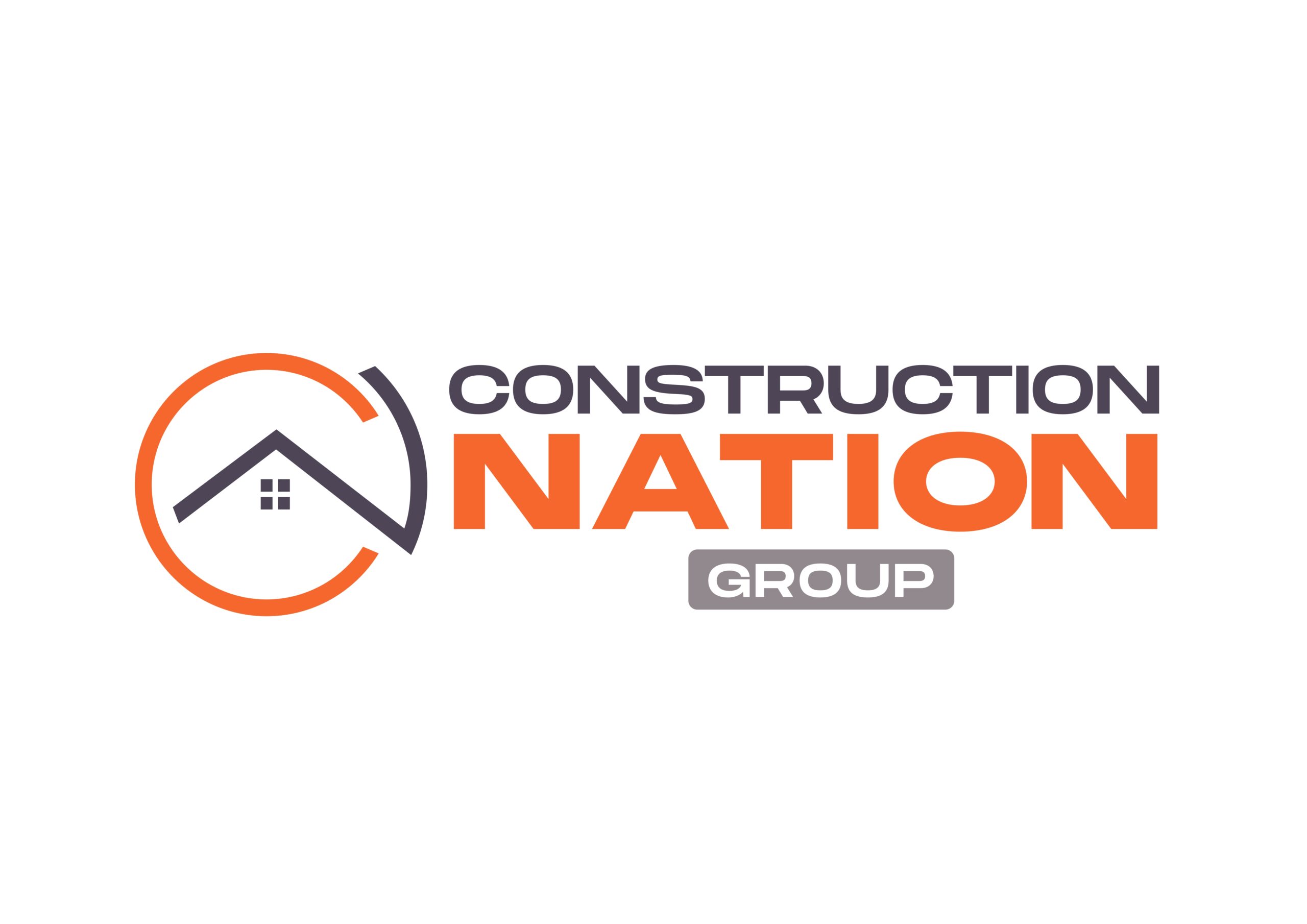Setting a Contingency Budget for a Kitchen Remodel in Dallas, TX
No matter how carefully you plan Kitchen Remodeling in Dallas, Tx, surprises happen. A contingency budget cushions against the unexpected and keeps the project moving without panic. Here’s how much to set aside, what it covers, and how to protect it.
How much contingency is wise?
- Minimum: 10% of the total project cost for straightforward replacements with limited layout changes.
- Recommended: 15%–20% for older homes, slab foundations, structural changes, or major electrical/plumbing updates.
What contingencies commonly cover in Dallas kitchens:
- Slab trenching discoveries: When adding an island sink or rerouting drains, you may find unknown rebar placement, unexpected pipe routes, or the need for extra concrete repair.
- Electrical surprises: Aluminum wiring, undersized panels, or lack of GFCI/AFCI protection that must be corrected to pass inspection.
- Plumbing upgrades: Deteriorated cast iron drains or galvanized water lines that need replacement once walls are open.
- Framing fixes: Hidden damage, improper previous renovations, or undersized headers discovered during demo.
- Lead times and substitutions: Backordered appliances or tiles that require switching to in-stock alternatives, sometimes at a premium.
- Finish tolerances: Additional labor to level floors or walls for large-format tile or full-height backsplash slabs.
Strategies to minimize contingency use:
- Detailed design upfront: Lock your layout, appliance models, and lighting plan before demolition. Accurate drawings reduce change orders.
- Early inspections: If structure is in question, open small exploratory sections to confirm load paths and utilities before finalizing plans.
- Product availability check: Choose materials with reliable stock and delivery dates. Order critical path items early.
- Realistic allowances: Set line-item allowances that match the quality you expect (e.g., quartz at $70–$100/sf installed vs. an unrealistically low figure).
- Clear scope with your contractor: Confirm what is included, excluded, and what triggers change orders.
Budget structure that works:
- Core budget: Cabinets, counters, appliances, flooring, lighting, trades, permits, and design.
- Contingency fund: Kept separate and untouched unless truly needed.
- Reserve for nice-to-haves: A small discretionary bucket for upgrades if contingency remains unused late in the project.
When to use contingency—and when not to:
- Appropriate: Unforeseen conditions necessary for code compliance or structural integrity.
- Not appropriate: Voluntary upgrades after selections (e.g., switching to a more expensive slab) unless you consciously reallocate funds.
Cash flow planning in Dallas, Tx:
- Stage payments by milestones: deposit, after rough-in, after cabinets, after counters, and final completion. Keep a buffer to cover contingencies without halting work.
- If financing, secure a slightly higher approval than your base budget for flexibility.
Tracking and transparency:
- Request weekly updates on actual vs. budget and contingency usage.
- Approve change orders in writing with clear labor and material costs.
What if contingency goes unused?
- Consider adding value where it counts: under-cabinet lighting, better hardware, or upgraded faucet fixtures.
- Or keep the savings. A stress-free finish is a win.
Bottom line:
A disciplined, well-sized contingency transforms Kitchen Remodeling in Dallas, Tx from risky to controlled. Expect the unexpected, and you’ll finish strong even when surprises arise.
